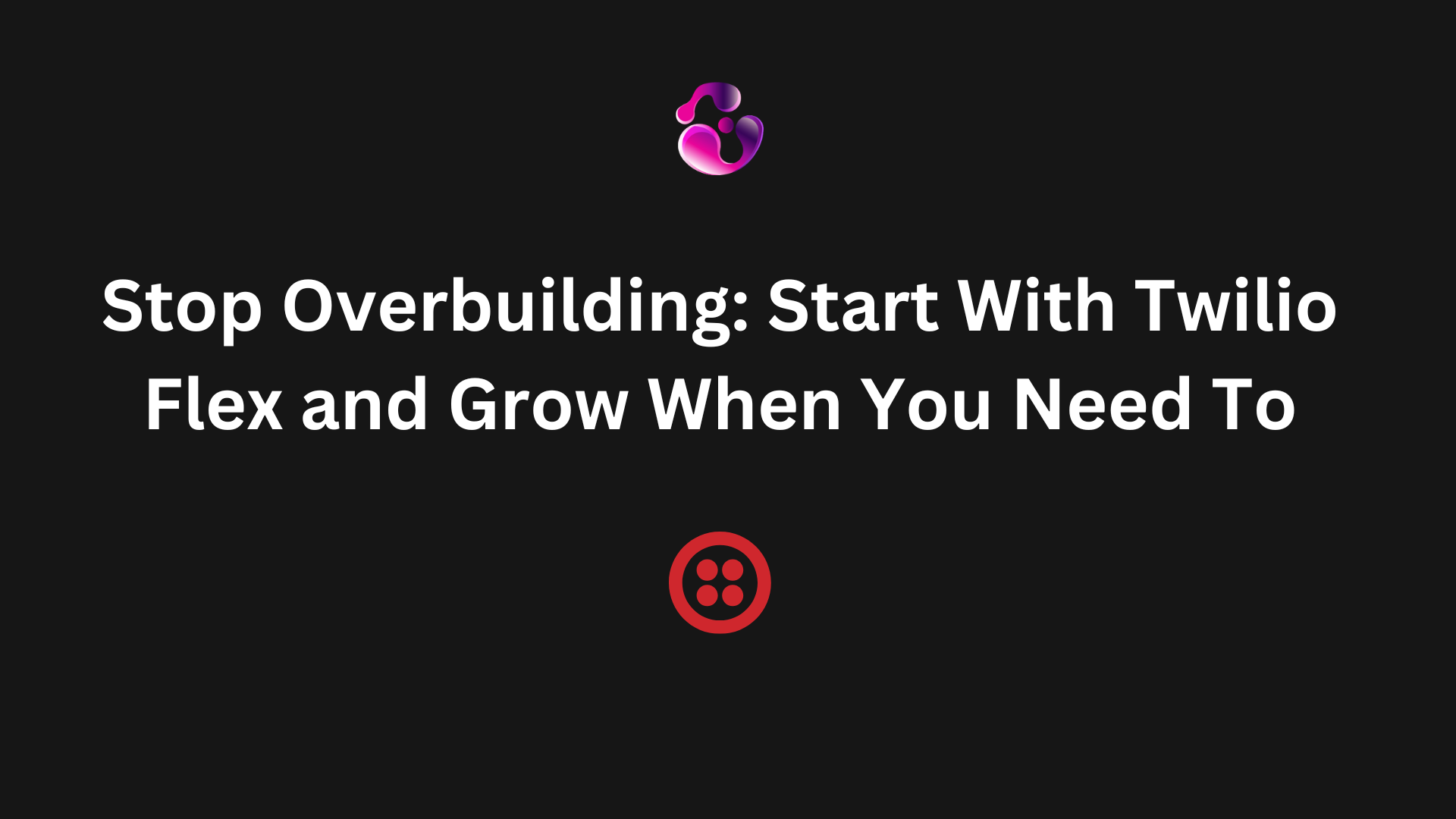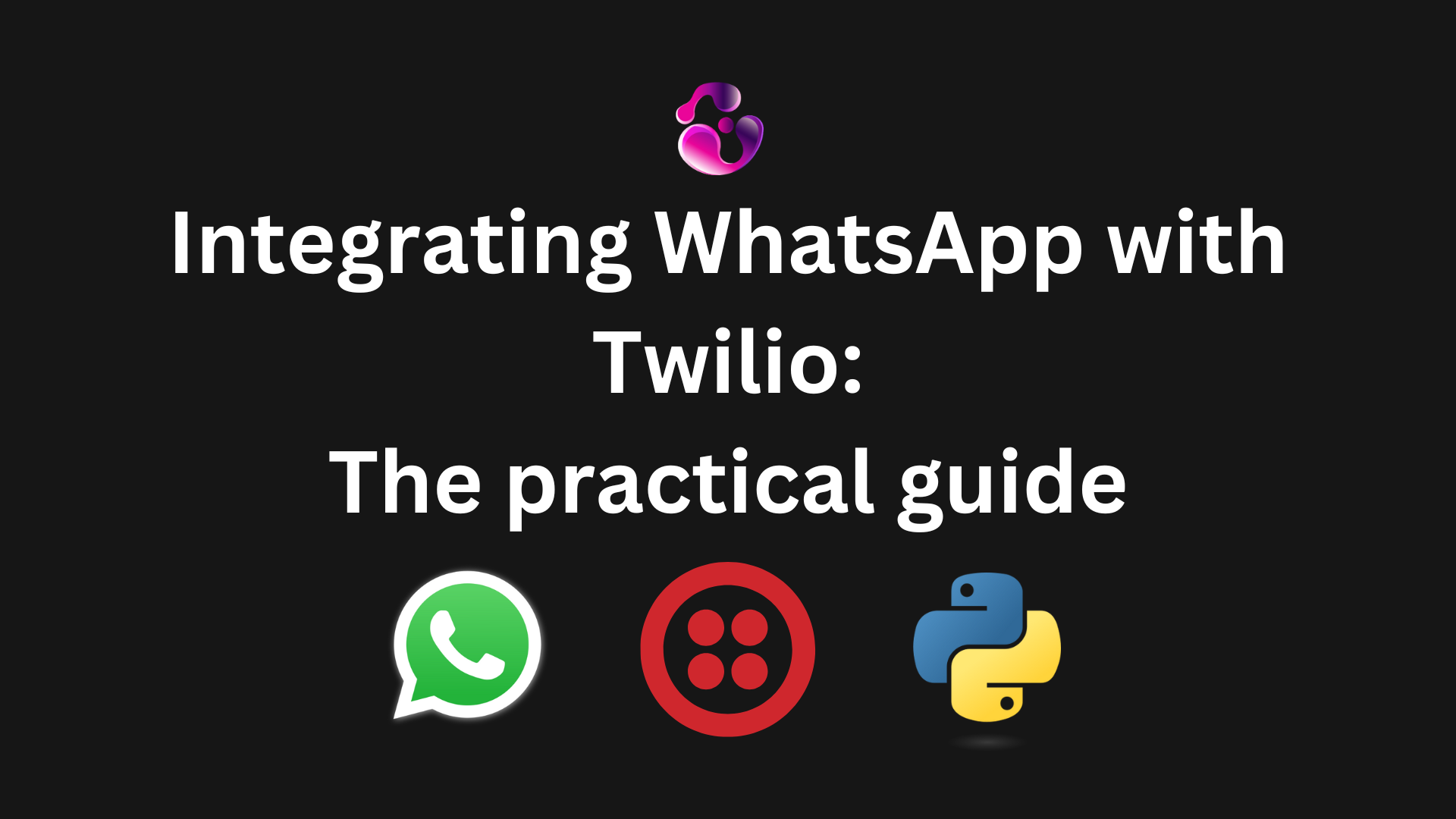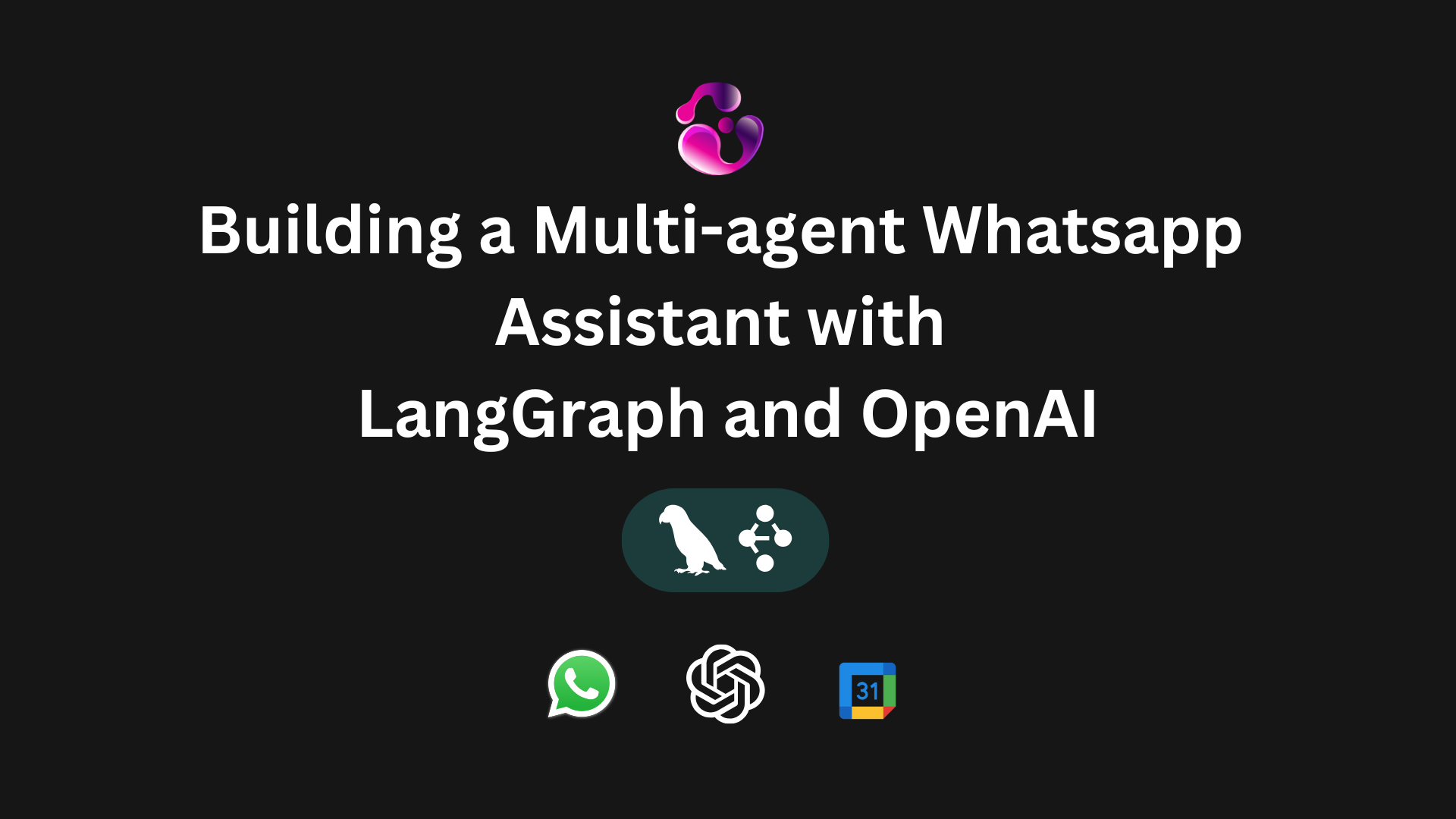
Introduction
In the rush to deliver seamless customer service, too many companies fall into the trap of overbuilding their contact center infrastructure. They invest heavily upfront—custom code, complex IVRs, one-size-fits-all platforms—before they even know what their team or customers actually need. The result? Wasted time, sunk costs, and rigid systems that are hard to evolve.
Enter Twilio Flex. Flex is a cloud contact center platform that gives you a fully functional foundation out of the box, but with the freedom to customize when you're ready. As someone who builds custom communication solutions with Twilio, Laravel, Vue, and React, I can tell you: starting with Flex saves time, money, and future regret.
The Problem: Overengineering From Day One
Businesses often start with grand visions: multi-channel support, intelligent routing, detailed dashboards, custom integrations—all from day one. This leads to:
- Months-long development timelines
- Bloated feature sets that agents don’t use
- Technical debt from early decisions that don’t scale
- Inflexible systems that resist iteration
This approach may feel proactive, but it's actually a risk. You don’t need a perfect system out of the gate. You need one that works today and adapts tomorrow.
The Flex Solution: Build Less, Grow More
Twilio Flex flips the script. It gives you a contact center that’s ready to go, but it’s also designed to be extended as your needs evolve.
Here’s how Flex solves the real-world challenges:
- Start Fast: Flex includes voice, SMS, chat, email, and WhatsApp out of the box. No need to build channel support from scratch.
- Customize with Control: Use React to build your own UI components, Laravel to manage backend workflows, and the full power of Twilio APIs to connect anything else you need.
- Adapt as You Learn: Start simple. Then add complex routing, CRM integrations, or custom analytics only when you’ve validated the need.
- Avoid Technical Debt: Flex’s architecture lets you evolve safely. You’re not locked into a rigid framework or stuck rebuilding from scratch when business needs shift.
- Real Talk: You Don’t Know Everything Yet You might think you need every feature on day one. You don’t. Customers will show you what matters. Agents will surface what’s broken. Your tools should let you respond quickly.
Flex supports agile development in the best sense: ship something real, gather feedback, iterate. That’s how you win.
Conclusion: Build Smart, Not Big
If you're building a new contact center or modernizing an old one, stop overbuilding. Start with Twilio Flex. You get production-ready tools with just enough structure to keep you moving, and just enough flexibility to make it your own.
When you’re ready to scale, integrate, and customize, that’s where specialists like me come in—to help you connect Flex with Laravel, Vue, React, and whatever else your business runs on.
Start simple. Grow smart. Build with Flex.
Ready to take your project to the next level?
Contact meAbout the author

Gonzalo Gomez
Sr. Software Engineer
Senior software engineer located in Buenos Aires, Argentina. I specialize in building highly scalable web applications and I've been delivering MVPs and helping companies with their digital transformation for the past 7 years. I am proficient in a variety of technologies, including Laravel, Vue.js, Twilio, AWS, React.js, Node.js and MySQL.
Subscribe to my newsletter
If you enjoy the content that I make, you can subscribe and receive insightful information through email. No spam is going to be sent, just updates about interesting posts or specialized content that I talk about.



